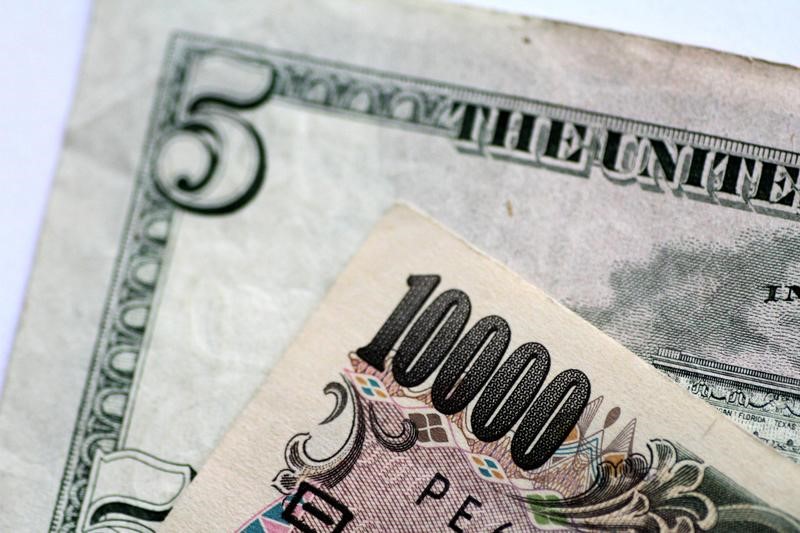Tonix Pharmaceuticals stock halted ahead of FDA approval news
Investing.com – The campaign period for the July 20 election for the upper chamber of Japan’s parliament kicked off earlier Thursday, and Bank of America Securities stated that the Japanese currency has not yet priced in election risk.
At 08:00 ET (12:00 GMT), USD/JPY traded 0.1% higher to ¥143.84, but the pair is approximately 8.5% lower so far this year.
“We have argued that the risk from Japan’s Upper House election to be held on July 20 is skewed to a weaker yen with a rise in volatility in the case of a loss by the ruling coalition party,” said analysts at Bank of America Securities, in a note dated July 3.
As opposition parties remain fragmented and appear to lack strong coordination, it is understandable the market assumes the status quo with not much premium priced for the event, the U.S. bank said.
The market’s focus on U.S. tariffs and U.S. economic data has likely kept its attention away from Japan’s election.
However, the election risk could be priced in coming days depending on election projections by media outlets, which can be published as early as this weekend after the election is now officially announced.
Bank of America outlined two factors that could impact the Japanese currency going forward.
Firstly the U.S.-Japan trade negotiations appear to have stalled. U.S. President Donald Trump said to reporters on July 1 that he doubts the U.S. will make a deal with Japan before the July 9 deadline, and Japan may have to pay the tariff rate of “30%, 35% or whatever the number” the U.S. determines.
“A broad-based increase in U.S. tariffs may be negative for USD, but a selective increase in U.S. tariffs on Japan would likely be negative for JPY – especially if tariffs on Europe are not increased – and could hurt Ishiba’s popularity at home before the election,” BofA added.
Additionally, while opposition parties are fragmented, the Ishiba cabinet’s approval ratings remain low.
There is a high degree of uncertainty around opposition parties’ performance. First, coordination among opposition parties has been slow but has seen some progress with 16 districts with multiple opposition candidates out of a total of 32 single-member districts from major opposition parties as of June 30, down from 18 on June 20, according to the Nikkei Shimbun.
Second, the Sansei-to (Party of Do It Yourself), a relatively new party with a conservative ideology, fielded four candidates in the Tokyo metropolitan election in June and three won seats. Its public support rate has risen in the past few months, and the party plans to field a candidate in every district for the Upper House election.
While the party may split votes with other opposition parties, it may also impact the LDP’s performance given the party’s conservative ideology.
If the LDP and Komeito coalition loses its majority in the Upper House, LDP legislators may demand a new leader, and the potential leadership race could impact the direction of Japan’s macroeconomic policy.
However, as the coalition lacks a majority in the parliament, it may need votes from another party to elect a new prime minister. A new coalition may be sought, which may impact Japan’s fiscal risk as opposition parties call for more spending in varying degree.
If the coalition defends a simple majority, Ishiba’s premiership is likely to continue.
